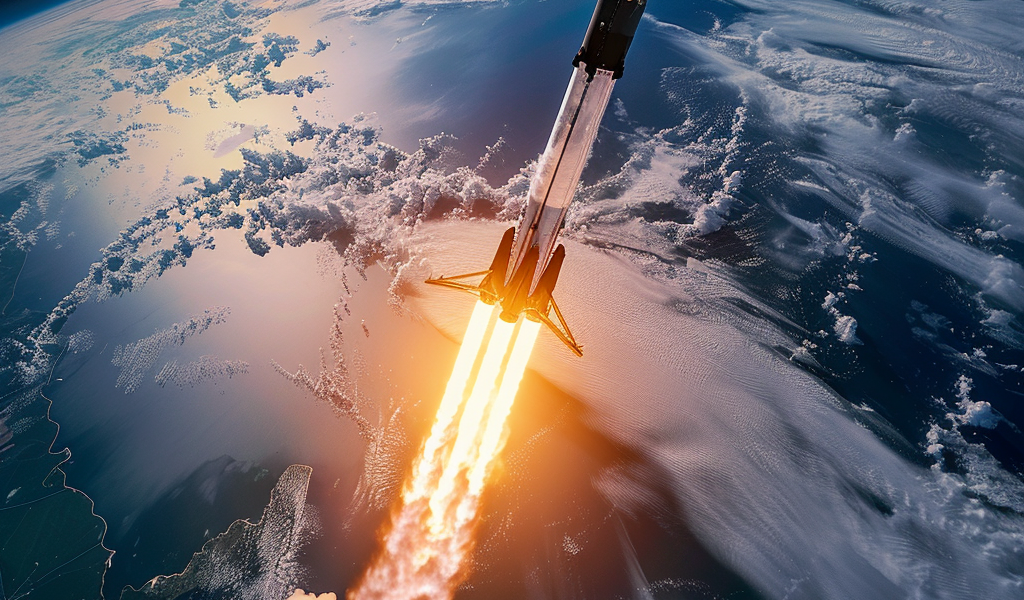SpaceX Achieves Record 21st Flight with Falcon 9 Booster Launch
SpaceX made headlines once again as it reached a new milestone in reusability with its Falcon 9 rocket. The recent Starlink 6-59 mission, launched from Florida, marked the 21st flight of the first stage booster, tail number B1062, setting a new record in SpaceX’s rocket fleet.
The successful launch of the Starlink 6-59 mission added 23 satellites to the growing low Earth orbit internet constellation. This mission also marked SpaceX’s 36th dedicated Starlink launch of the year, showcasing the company’s commitment to expanding its satellite network.
Since its debut in November 2020, the B1062 booster has been instrumental in various missions, including launching GPS satellites, astronauts on missions like Inspiration4 and Ax-1, and multiple Starlink flights. With a total of 553 payloads sent to orbit, including the Crew Dragon spacecraft, B1062 has proven its reliability and reusability.
Prior to the recent launch, the B1062 booster had last flown about a month ago on the Starlink 6-49 mission. Following the successful liftoff, the booster landed on the SpaceX droneship, ‘A Shortfall of Gravitas,’ marking the 70th booster landing using this platform and the 309th Falcon 9 booster landing overall.
According to orbital tracker Jonathan McDowell, as of May 17, there were a total of 6,017 Starlink satellites in orbit, with 5,941 currently in operation. The launch of the Starlink 6-59 mission contributed to the growing number of satellites in low Earth orbit, with a total of 6,436 satellites launched to date, including 788 in 2024.
While celebrating the success of the Falcon 9 launch, SpaceX was also busy with preparations for the fourth integrated flight test of its Starship rocket in southern Texas. The massive 400-foot-tall rocket underwent a partial wet dress rehearsal, demonstrating SpaceX’s continued progress in advancing its Starship development.





